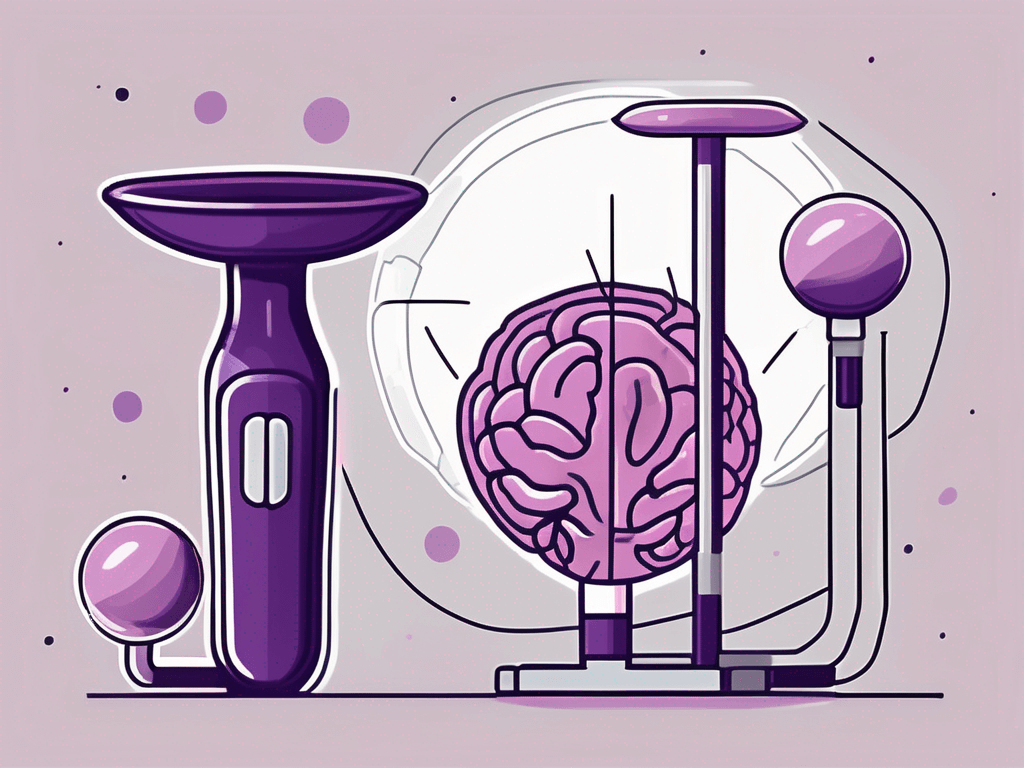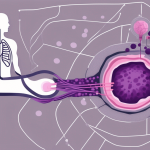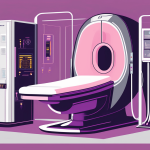Benign Prostatic Hyperplasia (BPH) is a common condition in aging men, characterized by prostate enlargement and urinary symptoms. Learn about its causes, symptoms, and treatment options, including medication, surgery, and lifestyle changes. Understanding BPH empowers individuals to seek appropriate medical care tailored to their needs, ensuring improved urinary health and overall well-being. Don’t let BPH control your life – take the first step toward relief by consulting a healthcare provider.
Benign Prostatic Hyperplasia (BPH) is a common condition that affects many men as they age. While it may sound intimidating, it is important to understand that BPH is not a form of cancer and does not increase the risk of developing prostate cancer. In this article, we will delve into the causes, symptoms, and treatment options for BPH, providing you with the knowledge you need to navigate this condition with confidence.
What is Benign Prostatic Hyperplasia?
Benign Prostatic Hyperplasia, also known as enlarged prostate, occurs when the prostate gland grows in size, causing it to press against the urethra. This enlargement can result in bothersome urinary symptoms that impact a man’s quality of life.
Defining Benign Prostatic Hyperplasia
BPH is a condition that primarily affects men over the age of 50. It occurs due to the natural aging process and changes in hormone levels. While the specific cause of BPH remains unknown, it is believed to be a combination of factors including hormonal changes, genetics, and the presence of certain growth factors.
The Prostate: A Brief Overview
The prostate gland is a small, walnut-sized organ located just below the bladder. Its primary function is to produce fluid that nourishes and transports sperm. As men age, the prostate gland undergoes changes that can lead to the development of BPH.
Let’s delve deeper into the fascinating world of the prostate gland. The prostate is a vital part of the male reproductive system, playing a crucial role in fertility and sexual function. It is composed of several types of cells, including glandular cells that produce the prostate fluid, muscular cells that help expel semen during ejaculation, and fibrous tissue that provides structural support.
During puberty, the prostate gland begins to grow in size and continues to do so until a man reaches adulthood. At this point, the prostate typically stabilizes in size. However, as men age, hormonal changes occur, particularly an increase in dihydrotestosterone (DHT), a hormone derived from testosterone. This hormonal imbalance can trigger the growth of prostate cells, leading to the development of BPH.
Genetics also play a role in the development of BPH. Research has shown that men with a family history of the condition are more likely to develop it themselves. Certain genetic variations may predispose individuals to an increased risk of prostate enlargement.
Additionally, the presence of growth factors, such as insulin-like growth factor 1 (IGF-1), has been linked to the development of BPH. These growth factors stimulate cell proliferation and can contribute to the enlargement of the prostate gland.
It is important to note that while BPH is a common condition, not all men will experience symptoms. In fact, some men may have an enlarged prostate without any noticeable urinary problems. However, for those who do experience symptoms, they can range from mild to severe and may include frequent urination, weak urine flow, difficulty starting and stopping urination, and the feeling of incomplete bladder emptying.
Managing BPH involves a comprehensive approach that may include lifestyle modifications, medication, and in some cases, surgical intervention. Lifestyle changes such as limiting fluid intake before bedtime, avoiding caffeine and alcohol, and practicing pelvic floor exercises can help alleviate symptoms. Medications, such as alpha-blockers and 5-alpha-reductase inhibitors, can also be prescribed to relax the muscles of the prostate and reduce its size. In more severe cases, surgical procedures like transurethral resection of the prostate (TURP) or laser ablation may be necessary to relieve urinary obstruction.
Regular check-ups with a healthcare professional are essential for monitoring the progression of BPH and ensuring appropriate management. By understanding the complexities of BPH and its impact on urinary function, men can take proactive steps to maintain their overall well-being and quality of life.
The Causes of Benign Prostatic Hyperplasia
While the exact cause of BPH is still being researched, several factors have been identified as potential contributors to its development. Age is a significant risk factor, as studies have shown that the prevalence of BPH increases with age.
Age and Benign Prostatic Hyperplasia
As men approach middle age, hormonal changes, particularly a decrease in testosterone levels, can trigger the growth of prostate cells. This increase in cell growth, coupled with changes in the balance of hormones, can lead to the development of BPH.
Furthermore, the aging process brings about a series of physiological changes that can impact the prostate gland. The accumulation of oxidative stress over time can lead to cellular damage and inflammation, which may contribute to the development of BPH. Additionally, the gradual decline in the body’s ability to repair DNA damage can further exacerbate the risk of prostate cell overgrowth.
Moreover, the aging prostate undergoes structural changes that can affect its function. The gradual deposition of collagen and elastin fibers within the prostate tissue can lead to the formation of nodules and an overall increase in gland size. These structural alterations can impede the normal flow of urine through the urethra, leading to urinary symptoms commonly associated with BPH.
Hormonal Changes and Their Impact
In addition to age-related hormonal changes, other factors such as an imbalance between estrogen and testosterone levels may contribute to the development of BPH. Estrogen, a female hormone, can impact prostate cell growth, potentially leading to the enlargement of the prostate gland.
Furthermore, the conversion of testosterone to dihydrotestosterone (DHT) by the enzyme 5-alpha reductase plays a crucial role in prostate cell proliferation. DHT is a potent androgen that binds to specific receptors in the prostate, stimulating the growth of both epithelial and stromal cells. Imbalances in the levels of 5-alpha reductase and DHT can disrupt the delicate equilibrium within the prostate, promoting the development of BPH.
Moreover, the interaction between hormones and growth factors within the prostate microenvironment is a complex process that can influence the development of BPH. Insulin-like growth factor 1 (IGF-1), for instance, has been shown to promote the proliferation of prostate cells. Elevated levels of IGF-1, which can occur due to various factors such as obesity and insulin resistance, may contribute to the pathogenesis of BPH.
In conclusion, while age and hormonal changes are key factors in the development of BPH, a multitude of intricate mechanisms contribute to the pathogenesis of this condition. Understanding these underlying processes is essential for the development of targeted therapeutic strategies to alleviate the symptoms and improve the quality of life for individuals affected by BPH.
Recognizing the Symptoms of Benign Prostatic Hyperplasia
Understanding the symptoms of BPH is essential for early detection and intervention. By recognizing the signs, you can seek medical help and receive appropriate treatment to alleviate the discomfort caused by this condition.
Early Warning Signs
In the early stages of BPH, you may experience mild urinary symptoms such as increased frequency of urination, weak urine flow, and the need to strain during urination. While these symptoms may not be severe, it is important not to neglect them, as early intervention can prevent further complications.
Progression of Symptoms
If left untreated, BPH symptoms can worsen over time, leading to more significant urinary problems. These may include frequent nighttime urination, urine leakage, the sensation of incomplete bladder emptying, and even urinary tract infections.
Diagnosing Benign Prostatic Hyperplasia
Diagnosing BPH involves a thorough medical history review, physical examination, and potentially, additional diagnostic tests to confirm the condition. A comprehensive evaluation by a healthcare professional will ensure an accurate diagnosis and guide the appropriate management strategies.
Medical History and Physical Examination
Your healthcare provider will likely start by asking questions about your symptoms, medical history, and any medications you may be taking. They will then perform a physical examination, which may include a digital rectal examination to feel the size and shape of the prostate gland.
Diagnostic Tests for Benign Prostatic Hyperplasia
In some cases, additional tests may be necessary to determine the severity of your condition and rule out other potential causes of your symptoms. These tests may include urine flow studies, prostate-specific antigen (PSA) blood test, and ultrasound imaging of the prostate.
Treatment Options for Benign Prostatic Hyperplasia
Fortunately, there are several treatment options available that can help alleviate the symptoms associated with BPH and improve your quality of life. The best approach will depend on the severity of your symptoms and your overall health.
Medication Therapies
Medication therapy is often the first line of treatment for mild to moderate BPH symptoms. There are different types of medications available that can help relax the muscles of the prostate and bladder, improving urine flow and reducing urinary symptoms.
Surgical Interventions
In cases where medication therapy is ineffective or symptoms are severe, surgical interventions may be recommended. These procedures aim to remove or reduce the size of the prostate gland, relieving the pressure on the urethra and improving urinary symptoms.
Lifestyle Changes and Home Remedies
Alongside medical interventions, certain lifestyle modifications can also contribute to the management of BPH symptoms. These may include avoiding excessive fluid intake before bedtime, limiting alcohol and caffeine consumption, and practicing bladder control techniques.
Understanding the causes, symptoms, and treatment options for Benign Prostatic Hyperplasia is the first step towards managing this condition and finding relief from its bothersome effects. If you are experiencing urinary symptoms or have concerns about BPH, reach out to your healthcare provider who can provide guidance tailored to your specific needs. Remember, you are not alone in this journey, and by seeking help, you can regain control and live a fulfilling life.






